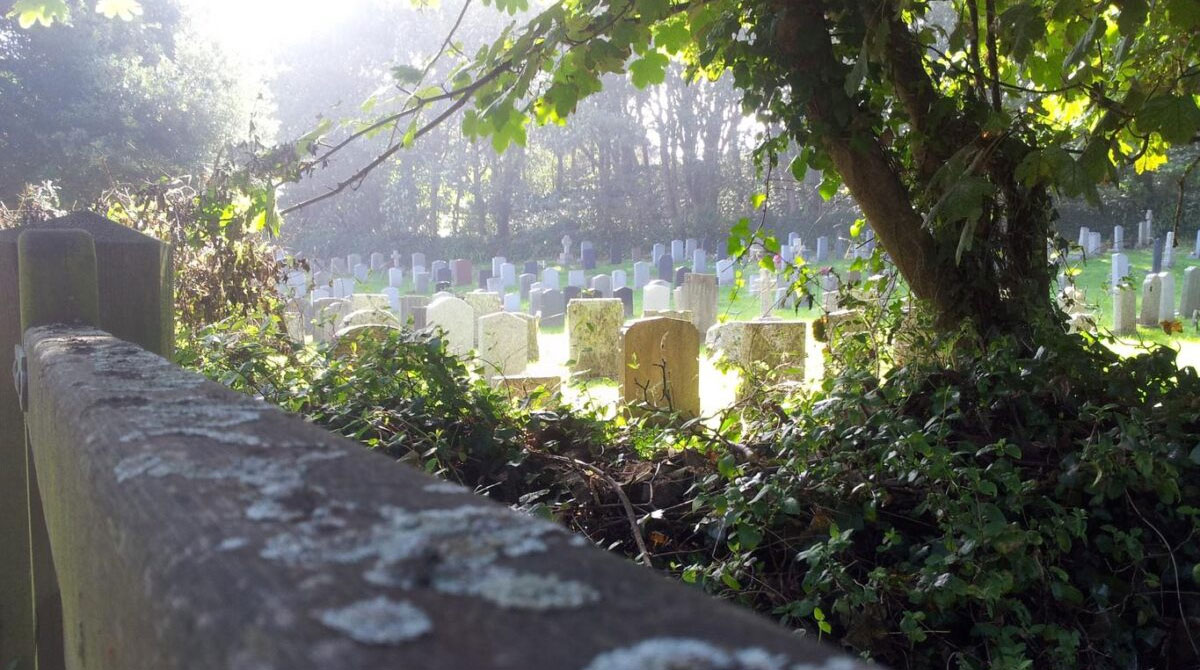Difficult Beauty: An Exploration of Progressive Rock: Introduction
Progressive Rock is a genre of music that typically to consists of long, complicated pieces of music that attempts to incorporate ideas and styles of jazz improvisation and classical composition.
It tends to focus on the virtuosity of its musicians, experimentation in the structure of the music and instruments, and incorporation of references and illusions to fantasy, science fiction and literature.
Those who love the genre tend to think of it as avant-garde and pushing the limits of what rock n’ roll is and can achieve. It is seen as a highly sophisticated and contemplative form of music.
Those who dislike it tend to see it as pompous, pretentious and generally annoying.
As a fan of Progressive Rock myself I happen to believe in the former – that it is a radical form of experimentation that has produced some of the most beautiful and thought provoking music in modern times. That being said I can acknowledge the fact that there are times when the idea of experimentation overwhelms the composition and the musicians occasionally retreat to an isolated place up their own ass.
Progressive Rock is beautiful but difficult.
The music itself is very much of its time but it also striving to do something more and make itself timeless. It grew rather naturally out of the 60s psychedelia and the long, improvisational jams that went along with that. Also at the time you had bands like The Beatles and The Beach Boys doing innovative things in the studio, trying out different sounds and production techniques and putting out some innovative “concept” albums like Sgt. Pepper’s Lonely Hearts Club Band and Pet Sounds. Add to that the rise of Fusion Jazz and the environment was ripe for the growth of a progressive style of rock.
Musicians would enter the studio with the intent not to create a three minute pop song but a rather a “piece” of music in the style of classical composition. This usually meant 10, 15 or 20 minute long songs divided into themes and movements replicating classical music utilizing unusual and diverse time signatures and highlighting the talents of the performers.
This is Progressive Rock at its best.
And there is a great diversity to the music. There is not simply one style of Prog Rock just like there is not simply one style of rap or punk. There is definitely a blanket category that the bands fall into but within that there are quite a number of techniques and sound.
For instance the bands Yes and Genesis have a more melodic sound focusing more on harmony and poetic lyrics. While on the other hand King Crimson and ELP strive for a more cacophonous atheistic focusing more on the creation of new sounds and structure. And there are many other examples between those approaches as well. That is what this series is going to focus on – exploring the different kinds of progress this form of rock took.
Now as I said I am a fan of this style of music and that is the approach I intend to take. I am not a classically trained music critic (or musicologist which is apparently a real word), I am simply someone who enjoys the music and has listened to it for a long, long time. And along the way I have picked up some insights to how the songs were produced and the techniques used, but primarily I will be talking about the history of the music and my opinions on the songs themselves.
Each entry in this series will focus on a particular album from a particular band randomly chosen by me depending on basically what I am listening to at the time. And also things like historical importance and popularity, artistic value and such.
Progressive Rock is still an active genre and there are various off-shoots like Neo-Progressive, Post-Progressive, Metal-Progressive, and Progressive-Pop. I don’t intend to cover any of these sub-genre versions of the sub-genre. The reason for this is a) it gets really complicated and b) many of the bands to fall into these categories I simply am not familiar with enough. No, I am going to keep this series within a 15 year period between 1965 and 1980. This is considered the heyday of Progressive Rock and when it was actually considered “progressive.” This is when the music, bands, and the community surrounding it were truly innovative. And to be honest, it is what I am mostly knowledgeable about and can speak with a somewhat authoritative voice.
Hopefully this will be an entertaining journey through an interesting and innovative form of music one in which I personally fell in love with and continue to listen to right up until today.
And maybe I may just turn someone on to the difficult beauty that is Progressive Rock.
The first entry to this series will appear in one week’s time with what I feel is the quintessential Prog Rock album: Yes’ Close to the Edge.
See you then.
image credit: painting by Roger Dean












Likhon chowdhury says:
Conor says:
Andy Garcia says: